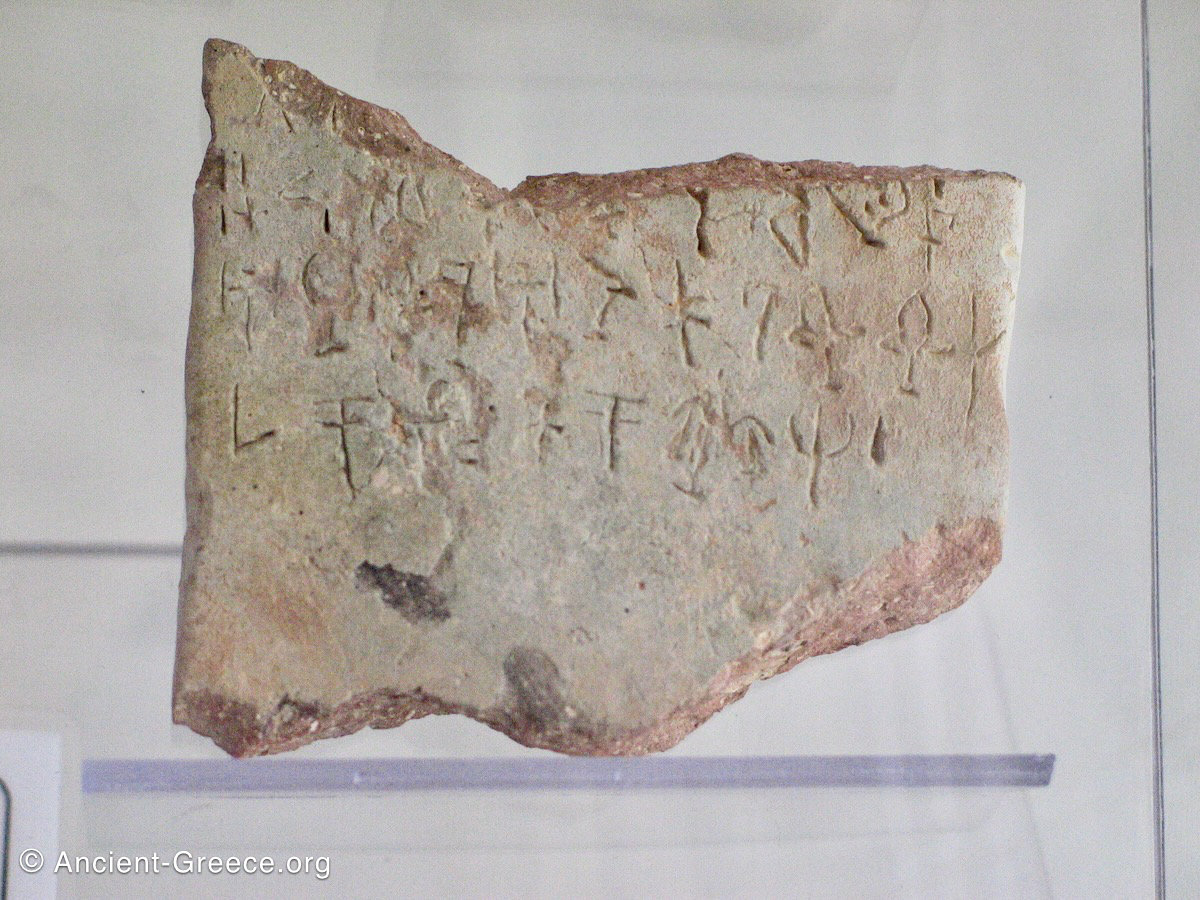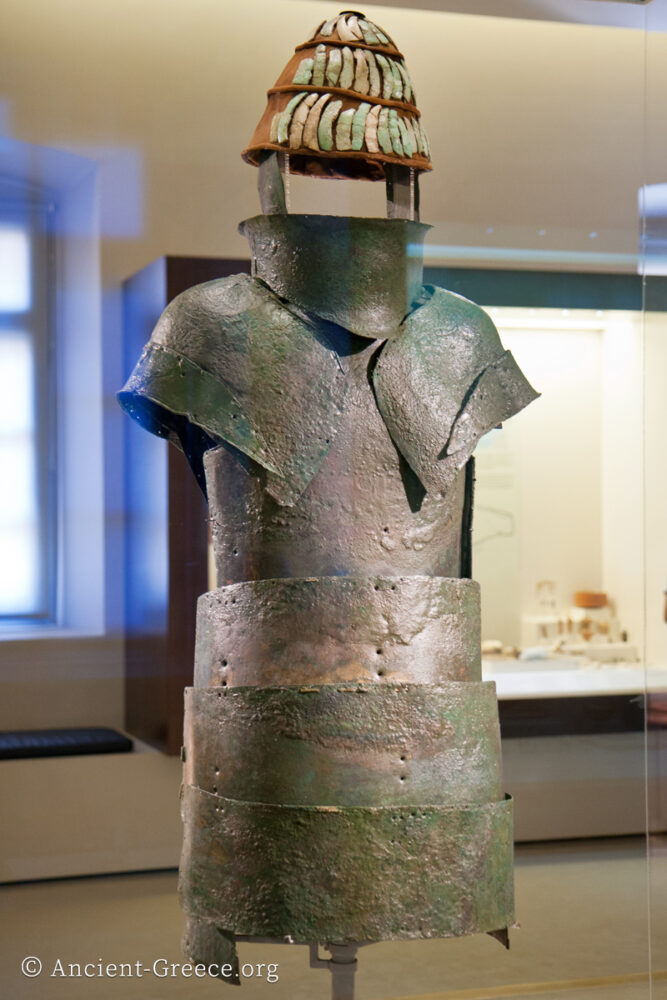
On this page:
Minoan, Cycladic, and Helladic Cultures
The Bronze Age, a period that lasted roughly three thousand years, saw major advances in social, economic, and technological advances that made Greece the hub of activity in the Mediterranean.
Historians have classified three distinct civilizations to identify the people of the time. These civilizations overlap in time and occupy three major geographic regions of the Greece.
The people of the Greek mainland are classified as “Helladic” (circa 2800 – 1600 BCE).
The Cycladic civilization (circa 3300 – 2000 BCE) developed in the islands of the Aegean, and more specifically around the Cyclades.
The Minoans (circa 2600 – 1200 BCE) thrived in the large island of Crete and are considered to be the first advanced civilization of Europe. Read More about the history of Minoan Crete.
All three civilizations of the Bronze Age had many characteristics in common, while at the same time were distinct in their culture and disposition.
The Mycenaeans

The Mycenaean era describes Helladic civilization towards the end of the 11th c. BCE which is also the called “Age of Heroes” because it is the source of the mythological heroes and epics like Hercules, the Iliad and the Odyssey.
“The Mycenaeans are the first ‘Greeks’” (Martin, 16).
By the end of the 10th c. BCE, the Mycenaeans expanded their influence over the Greek mainland, the islands of the Aegean and Ionian seas, Crete, and the coast of Asia Minor.
Thus, Mycenaean culture had a great deal of influence with its legends and Greek language on what later became the splendor of Classical Greece.
However, after 1100 BCE Mycenaean civilization ceased either through internal strife or outside invasions (the Dorian invasions have been proposed as a possible explanation), or through a combination of the two–it is not known for sure.
Read more about Mycenaean Greece.
Photos of Bronze Age Artifacts
Chapters
This history of Ancient Greece is divided into the following chapters:
- Timeline
- Introduction
- Overview
- Geography
- Stone Age
- Bronze Age
- Dark Ages
- Archaic Era
- Classical Era
- Hellenistic Era

Related Pages











































